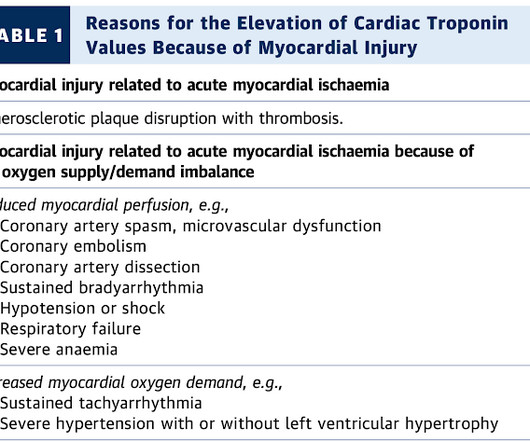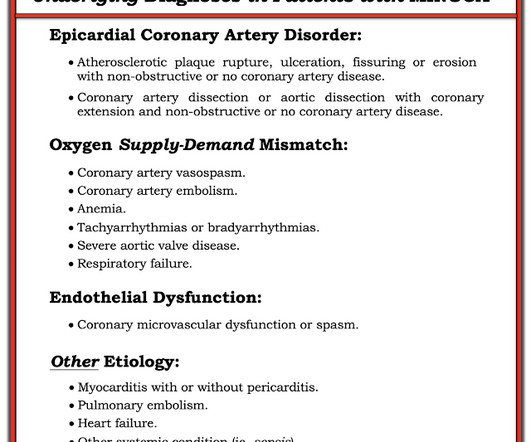Lowering Atherosclerotic Cardiovascular Disease Events by Treating Residual Inflammatory Risk
DAIC
JANUARY 23, 2024
5 Over my career as a cardiovascular surgeon, as well as an immunologist, I have witnessed how current treatments for ASCVD have led to considerable improvements in outcomes, yet many patients remain vulnerable to life-threatening cardiac events.1,6 35 Overall, the magnitudes of benefit seen from colchicine, 0.5 33,36,37 Colchicine, 0.5










Let's personalize your content